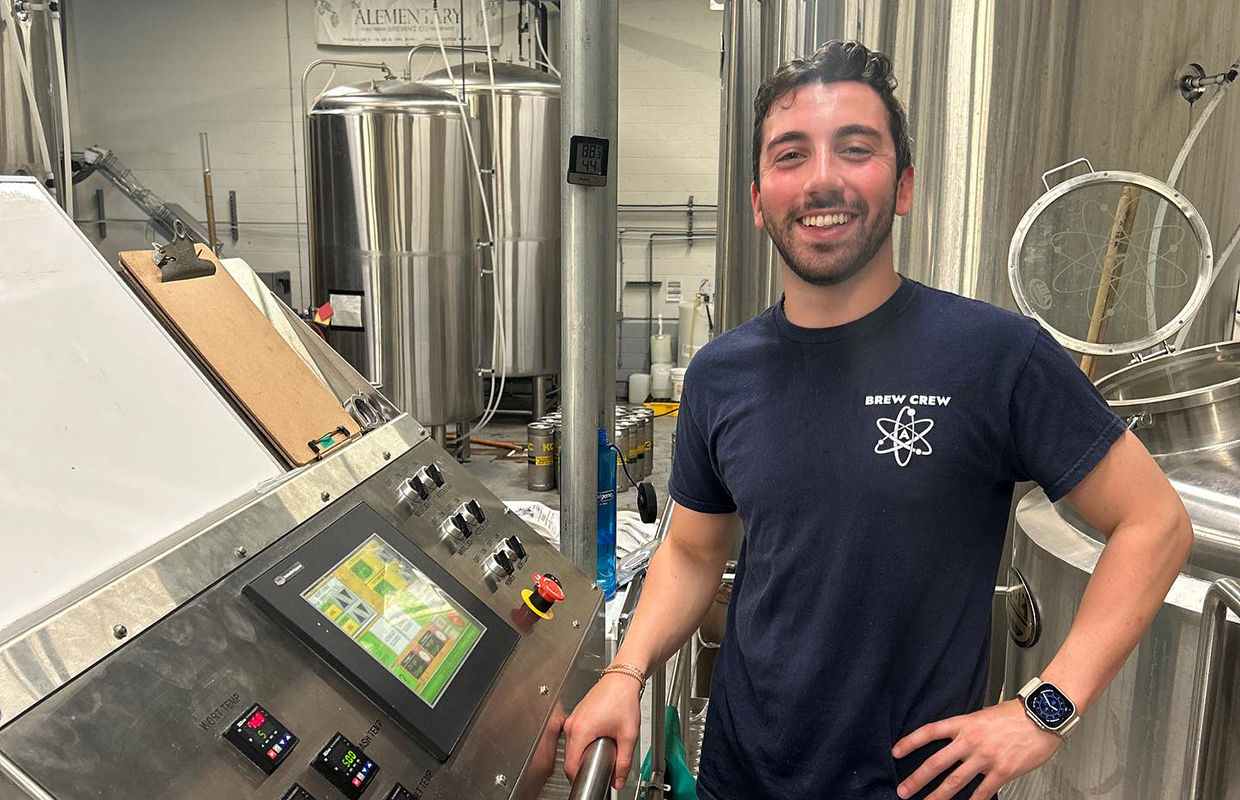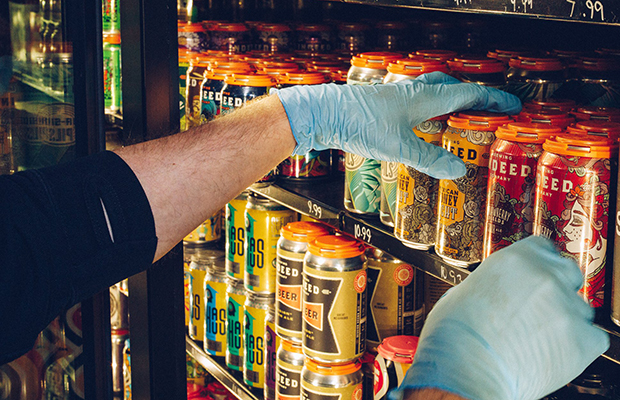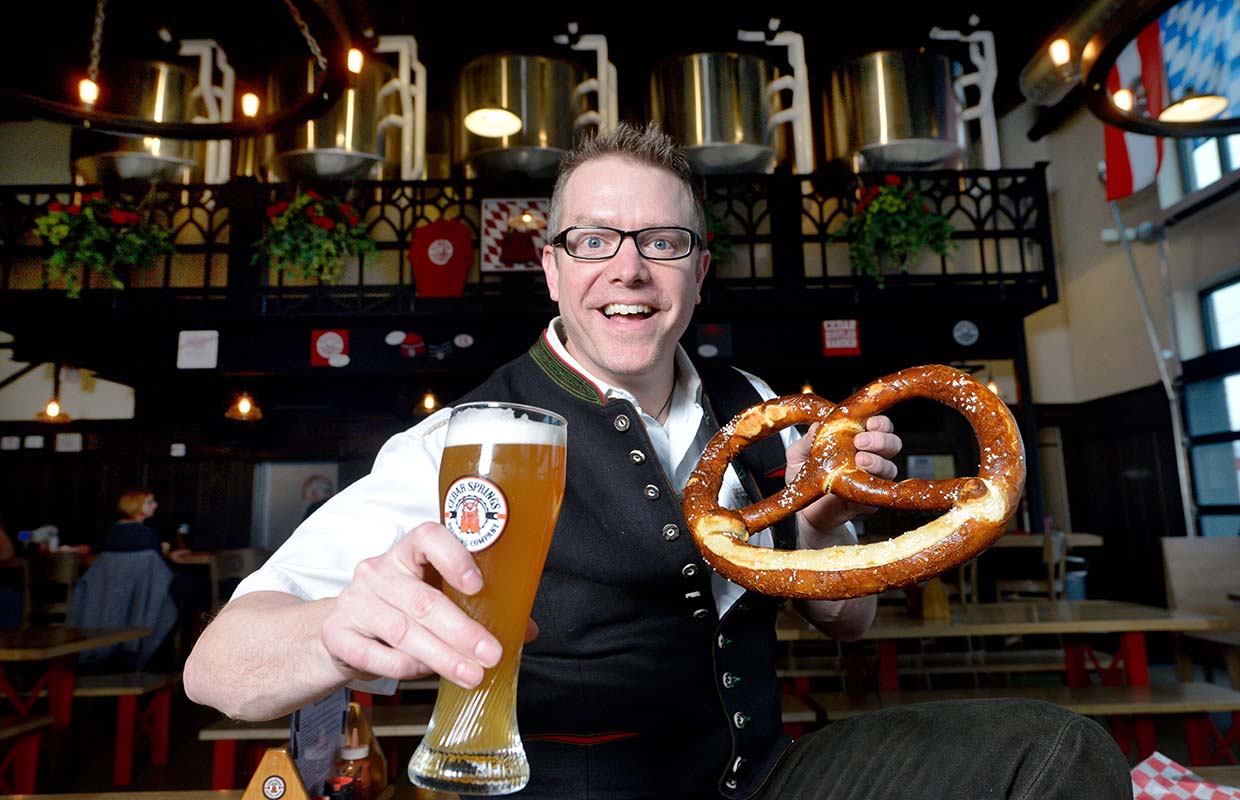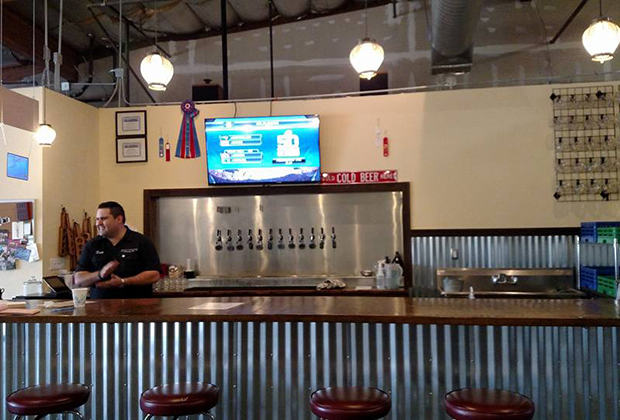
Innovation is key to staying relevant in, what Funk Brewing CEO and co-founder Jon Norman call, a “sea of sames.”
“I would say always be learning,” he said. “There are new techniques, equipment, ingredients, and such to help stay innovative.”
That means as a manager, Norman and many other brewery owners are always on the lookout for a new class, book, or video on furthering their brew team’s education.
Continual learning and improvement is just a part of a company like The Alementary’s culture, explained COO Blake Crawford.
Although they don’t have certain requirements on the number of hours or classes needed by a team member, Norman explained the Brewer that as a manager he makes sure to empower employees to always be improving. The same for Crawford, saying they don’t want the brew team to stay educationally stagnant.
“We like to get better, every day, at the basic act of brewing,” he said. “This means attention to every detail.”
By dedicating your team to these educational factors, such as techniques, ingredient knowledge, and quality control, you can refine your craft, stay competitive, and contribute to the evolving craft beer industry.
READ MORE: A Key Way to Convey Company Culture to Consumers
This can include understanding the science behind brewing, such as fermentation, yeast management, and recipe development along with having a more deep understanding of different varieties, flavors, and characteristics of these ingredients, as well as their impact on the final product. Continuously educating on quality assurance techniques, lab testing methods, and sensory evaluation can help meet high standards.
Having a defined process for creative product development works best, Crawford added.
“We developed a ‘creative brief’ that brewers write to describe the beers they want to create in every way except the recipe,” he said. “Questions like, ‘What’s it taste like?” or ‘Who is going to drink it?” are common.
“We write these and then discuss them in a team setting. We debate technique and ingredients. Active engagement in the team discussion makes it all happen.”
Photo courtesy The Alementary




Be the first to comment